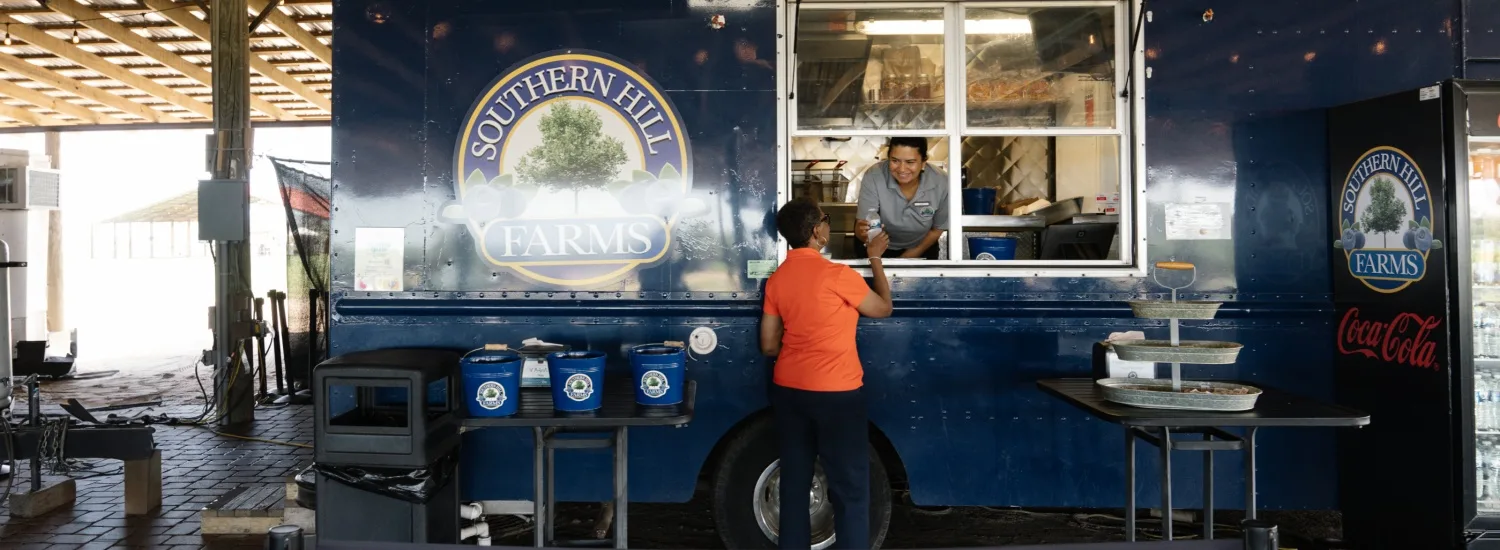Our Top Online Safety Training Courses
No matter what industry you’re in, online safety training courses can help prepare your workforce for the challenges they’ll face each day. Encouraging employees to stay healthy and safe (both at work and at home) is an essential part of any wellness program, but some employers do not have enough in-house resources needed to educate their staff about trending safety topics.
In a previous blog post, we spotlighted several key strategies employers can use to promote both physical and mental well-being during times of crisis. These recommendations were aimed at helping companies effectively respond to major business interruptions by establishing clear lines of communication and providing employees with proactive professional development resources and more.
At FFVA Mutual, we believe that a forward-looking approach to employee health and safety is the best recipe for continued improvement. That’s why we’ve assembled a list of our most impactful online learning courses.
Taking Advantage of No-Cost Safety Training
As part of FFVA Mutual’s expert safety services, we offer a variety of online safety training resources aimed at improving worksite conditions, preventing on-the-job accidents and keeping employees safe and healthy at work. These training materials run the gamut from short talks on trending safety issues to in-depth courses on OSHA requirements, allowing your employees to choose a learning path that aligns with their interests and available time. For a full list of FFVA Mutual’s safety virtual events, check out our training sheet.
To help motivate your employees and keep them focused on their future success, we’ve highlighted our top safety training courses available online, anytime:
Short talks
1. Slowdown At Work? Ramp Up Safety!
This 6-minute talk explores how businesses can use downtime to enhance their safety programs and get their employees actively involved in the process. By conducting a thorough audit of existing policies and procedures, your company can locate outdated guidelines and gaps in your existing safety program. This includes reviewing your emergency response plans, verifying the integrity of your injury/illness reporting processes, ensuring workers have appropriate personal protective equipment, and much more.
Key Takeaways:
- Conducting worksite inspections
- Establishing new safety goals
- Performing job hazard analyses
- Promoting employee involvement
2. Workplace Housekeeping
A clean workplace is a safe workplace – this short talk offers an inside look at how workplace housekeeping can help employers prevent injuries, improve productivity and boost morale. By regularly clearing workspaces of unused tools, trash and clutter, you can create a more positive and safe environment for every worker. Webcast attendees can also discover how practicing workplace housekeeping helps employees avoid slips, trips and falls, maintain healthy air quality and hold one another accountable for well-maintained workspaces.
Key Takeaways:
- Defining workplace housekeeping
- Controlling dust and debris
- Preventing injuries from falling objects
- Mitigating worksite hazards
3. Fire Extinguisher Safety
This brief fire extinguisher safety talk is designed to help your workers understand when and how to use a fire extinguisher in workplace settings. In some cases, a fire may be too intense or spread too quickly for a fire extinguisher to make a difference, which is why situational awareness is crucial. Your employees should also be familiar with your company’s disaster response policy to ensure they can safely evacuate following a worksite accident.
Key Takeaways:
- Meeting fire extinguisher training requirements
- Implementing company policies for fire prevention
- Performing equipment inspections
- Using a fire extinguisher safely
Webcasts
1. Drug-Free Workplace Webcast
This detailed webcast explores the benefits of drug-free workplace programs (DFWP) and how employers can customize their policies to meet their employees’ needs. Unfortunately, many companies miss out on workers’ comp credits and encounter higher-than-average claim costs by choosing not to implement drug-free workplace guidelines. This webcast will help you determine the advantages of putting such a program in place, show you how to lay the groundwork and offer tips for getting your employees onboard.
Key Takeaways
- Explaining the value of drug-free workplace programs
- Integrating post-accident treatment and testing
- Determining employer and supervisor responsibilities
- Assessing the impact of medical marijuana on your DFWP program
2. Lockout/Tagout Webcast
Each year, hundreds of workers are injured because of a lack of emergency control programs, including those that deal with lockout/tagout procedures. This webcast provides a deep dive into lockout/tagout practices and why every employer should have a clear process in place to safeguard workers from hazardous energy. Through this online training course, you can learn how to identify potential lockout/tagout hazards, how to develop effective protections and why a comprehensive safety program is important.
Key Takeaways:
- Identifying sources of hazardous energy
- Assessing OSHA’s lockout/tagout requirements
- Understanding employer responsibilities
- Creating in-house training requirements
3. Annual OSHA Update
The Occupational Safety and Health Administration is continuously updating its rules and regulations to help protect workers, which can make it difficult to keep track of employer responsibilities. Learn about the regulatory guideline updates and OSHA’s most recent updates and how they may impact your business moving forward. No matter what industry you’re in, understanding OSHA’s workplace safety and training requirements is essential to staying compliant and warding off costly violations.
Key Takeaways:
- Which OSHA emphasis programs may apply to your workplace
- OSHA’s 10 most frequently cited standards in construction and general industry
- Which OSHA emphasis programs may apply to your workplace
Live Online Courses
Alongside our pre-recorded training resources, FFVA Mutual also offers live online courses taught by one of our in-house safety consultants. These guided training courses are available for both individual employees and groups – for a full list of available courses, check out our online request form.
1. Forklift [Train-the-Trainer]
This comprehensive training module covers OSHA’s powered industrial trucks standard (29 CFR 1910.178), which applies to forklift operation and training requirements. Through this online course, your site management team can create a more effective in-house forklift training program and ensure your employees are up-to-date with OSHA’s most recent standards. This virtual learning resource is valuable to both forklift operators and instructors.
Key Takeaways:
- Maximizing forklift safety
- Testing forklift operators for proficiency
- Developing a forklift training program
- Upholding OSHA’s training recordkeeping requirements
2. Defensive Driving
Whether or not your employees travel as part of their work duties, this 2-hour training offers a detailed look at defensive driving techniques that every driver should know. Online learners are given a crash course in driving awareness and safety, which touches on the impact of roadway distractions, road rage, driving under the influence and more. This refresher is beneficial for both on-site and remote employees, along with managers looking to create new driving policies.
Key Takeaways:
- Understanding the impact of distracted driving
- Leveraging defensive driving techniques
- Incorporating defensive driving into your safety programs/policies
- Reducing roadway collisions through driver awareness
3. Hazard Communication/Safety Data Sheets
Most industrial worksites contend with hazardous materials that pose an immediate threat to employee health and safety. That’s why this online training course is dedicated to exploring OSHA’s Hazard Communication Standard (29 CFR 1910.1200) and how you can improve your HazCom policies and procedures. This virtual learning module can also help employees safely identify, label, handle, use and dispose of hazardous waste.
Key Takeaways:
- Assessing OSHA’s HazCom requirements
- Using GHS labels and safety data sheets
- Conducting on-site risk assessments
- Creating a comprehensive HazCom training program
The online learning resources outlined above are only a few of the ways FFVA Mutual is helping employers improve their safety programs. For additional resources and information, we recommend the National Safety Council’s free webinar series and podcasts.
To learn more about FFVA Mutual’s no-cost training services and online resources, browse through this training sheet or reach out to a Solutionist today.






























